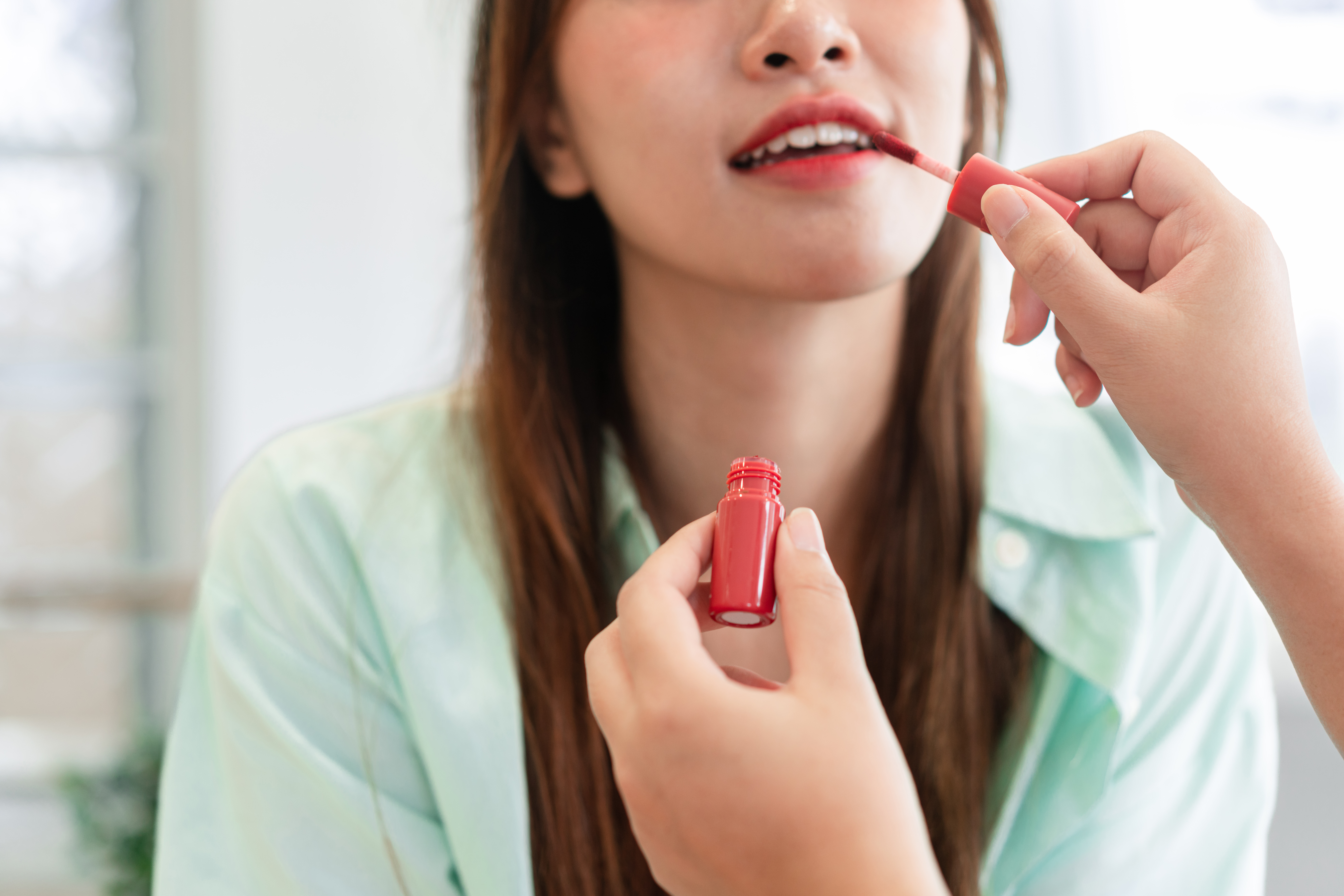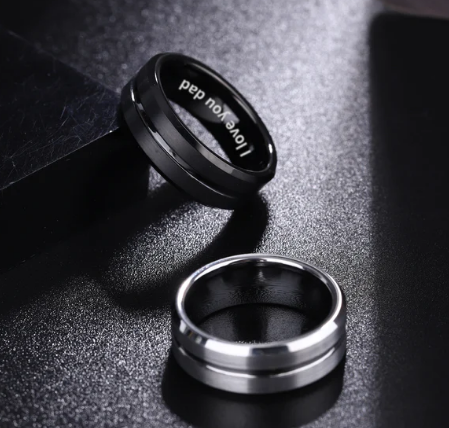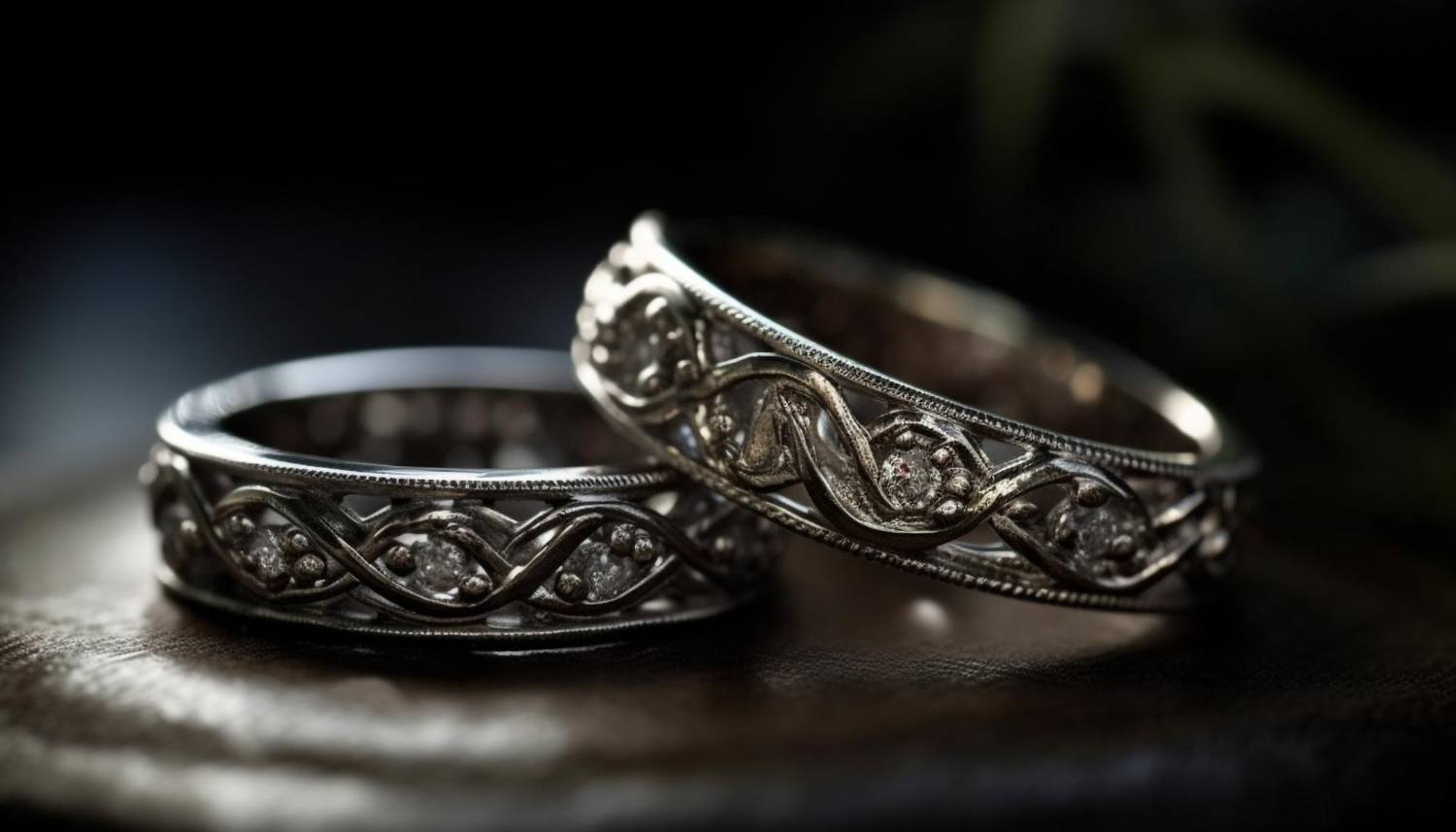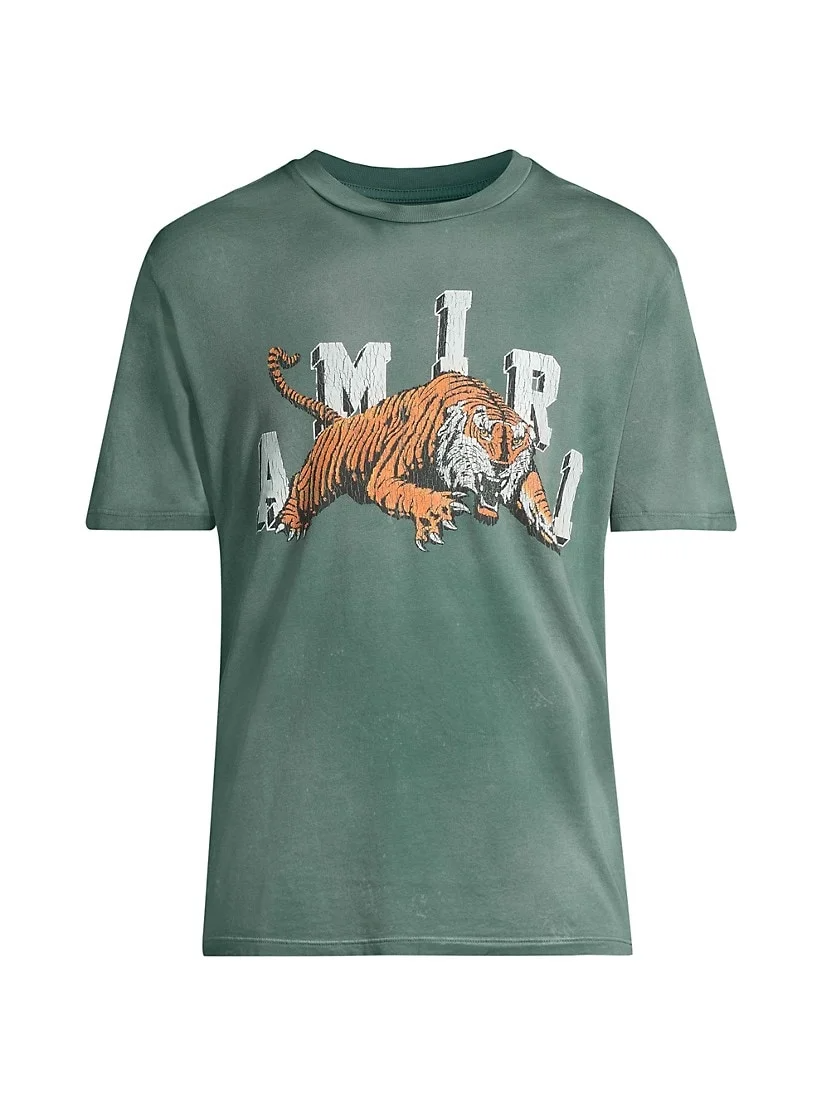Introduction
Brief introduction to lip tints and their growing popularity: Lip tints have taken the beauty world by storm, becoming a staple in many makeup routines. Known for their lightweight feel and long-lasting color, lip tints offer a natural-looking flush to the lips that can be built up for a more intense look. Unlike traditional lipsticks and glosses, lip tints stain the lips, allowing for a more enduring wear that can withstand eating and drinking.
Importance of choosing the right lip tint for your skin tone: Choosing the right lip tint for your skin tone is crucial for achieving a harmonious and flattering look. The wrong shade can make your complexion appear washed out or overly dramatic, while the right shade can enhance your natural beauty and complement your skin tone perfectly. Understanding which shades work best for you can make a significant difference in how your makeup looks and feels.
Overview of what the blog will cover: This guide will help you navigate the world of lip tints by:
- Explaining different skin tones and how to determine your own
- Recommending specific lip tint shades for fair, medium, olive, and dark skin tones
- Providing tips for applying lip tints
- Suggesting universal lip tint shades that look good on all skin tones
- Offering tips for testing and choosing the right lip tint
- Discussing additional factors to consider, such as undertones and finishes
2. Understanding Your Skin Tone
Explanation of different skin tones (fair, medium, olive, dark): Skin tone refers to the natural color of your skin. Generally, skin tones are categorized into four main types:
- Fair: Very light skin that burns easily and may have freckles
- Medium: Light to tan skin that tans moderately well
- Olive: Light brown skin with a green or yellow undertone
- Dark: Deep brown to black skin that tans easily and rarely burns
How to determine your skin tone: Understanding your skin tone is the first step in choosing the right lip tint.
Vein test: Look at the veins on the inside of your wrist. If they appear blue or purple, you likely have cool undertones. If they look green, you have warm undertones. If it’s hard to tell, you may have neutral undertones.
Jewelry test: Do you look better in gold or silver jewelry? If silver complements your skin more, you have cool undertones. If gold suits you better, you have warm undertones. If both look good, you likely have neutral undertones.
Sun exposure test: Consider how your skin reacts to the sun. If you burn easily, you likely have cool undertones. If you tan easily, you have warm undertones. If you both tan and burn, you might have neutral undertones.
3. Lip Tint Shades for Fair Skin Tones
Recommended shades (e.g., light pinks, peaches, soft corals): Fair skin tones look best with light, delicate shades that enhance their natural beauty without overwhelming it. Light pinks, peaches, and soft corals are ideal as they add a subtle pop of color without being too bold.
Examples of specific lip tints for fair skin:
- Glossier Generation G in “Like”: A sheer, rosy pink that enhances the natural lip color.
- Benefit Benetint: A classic rose-tinted lip stain that provides a natural flush.
Application tips for fair skin:
- Start with a light layer and build up if needed. Fair skin can easily be overpowered by too much color.
- Pair your lip tint with a bit of blush in a similar shade to create a cohesive look.
- Keep the rest of your makeup minimal to let your lips stand out.
4. Lip Tint Shades for Medium Skin Tones
Recommended shades (e.g., mauves, rosy pinks, warm nudes): Medium skin tones can carry off a wide range of colors. Mauves, rosy pinks, and warm nudes are particularly flattering as they enhance the natural warmth of medium skin.
Examples of specific lip tints for medium skin:
- YSL Tatouage Couture Liquid Matte Lip Stain in “Rosewood Gang”: A deep, dusty rose that complements medium skin beautifully.
- Peripera Ink Airy Velvet in “Pretty Orange Pink”: A soft, peachy-pink tint that adds a touch of warmth.
Application tips for medium skin:
- Medium skin tones can handle a bit more color, so don’t be afraid to experiment with bolder shades.
- Blot after the first application and reapply for a longer-lasting finish.
- Complement your lip tint with warm-toned eyeshadows and bronzer for a sun-kissed look.
5. Lip Tint Shades for Olive Skin Tones
Recommended shades (e.g., terracotta, deep reds, berry tones): Olive skin tones look stunning with earthy, rich shades. Terracotta, deep reds, and berry tones bring out the natural warmth and depth of olive skin.
Examples of specific lip tints for olive skin:
- NARS Powermatte Lip Pigment in “Starwoman”: A bold, true red that makes a statement.
- Etude House Dear Darling Water Gel Tint in “Plum Red”: A juicy, berry-red tint that enhances olive skin’s natural undertones.
Application tips for olive skin:
- Olive skin tones can pull off bold colors, so feel free to experiment with deeper, richer shades.
- Layer your lip tint for a more intense look or keep it sheer for a natural finish.
- Use a lip liner in a similar shade to define your lips and prevent feathering.
6. Lip Tint Shades for Dark Skin Tones
Recommended shades (e.g., rich plums, deep berries, bold reds): Dark skin tones shine with bold, vibrant colors. Rich plums, deep berries, and bold reds are perfect for adding a striking contrast against darker skin.
Examples of specific lip tints for dark skin:
- Fenty Beauty Stunna Lip Paint in “Uncensored”: A universal red that looks stunning on dark skin.
- MAC Versicolour Varnish Cream Lip Stain in “Ceaseless Energy”: A deep berry shade that provides a rich, glossy finish.
Application tips for dark skin:
- Bold shades look incredible on dark skin, so don’t hesitate to go for striking colors.
- Exfoliate your lips before applying lip tint to ensure a smooth, even application.
- Balance bold lips with defined eyes and brows for a polished look.
7. Universal Lip Tint Shades
Explanation of shades that look good on all skin tones: Some shades are universally flattering and look great on everyone, regardless of skin tone. These often include balanced nudes, classic reds, and soft pinks.
Examples of universal lip tints:
- Clinique Almost Lipstick in “Black Honey”: A cult-favorite sheer berry tint that adapts to any skin tone.
- Burt’s Bees Tinted Lip Balm in “Red Dahlia”: A moisturizing tint that provides a natural, reddish hue.
Tips for selecting a universal shade:
- Opt for shades that are neither too warm nor too cool.
- Sheer formulas tend to be more forgiving and adaptable to different skin tones.
- Consider multi-use products that can be layered for a customizable look.
8. Tips for Testing Lip Tints
How to swatch lip tints correctly:
- Test the lip tint on your wrist or the back of your hand to see how the color interacts with your skin tone.
- For a more accurate test, apply the tint to your lips and see how it looks in different lighting.
Tips for testing lip tints in different lighting:
- Natural daylight provides the most accurate representation of color.
- Check how the tint looks under indoor lighting, such as fluorescent and incandescent lights, to ensure it’s flattering in all settings.
Importance of trying before buying:
- Whenever possible, test the lip tint in-store or use samples to ensure you’re happy with the color and formula.
- Remember that colors can look different in the packaging versus on your skin.
9. Additional Factors to Consider
Understanding undertones (cool, warm, neutral):
- Cool undertones typically suit blue-based reds, pinks, and plums.
- Warm undertones look great in orange-based reds, corals, and peaches.
- Neutral undertones can wear a wide range of colors, from cool to warm.
Choosing the right finish (matte, glossy, satin):
- Matte finishes offer long-lasting wear but can be drying.
- Glossy finishes provide a youthful, hydrated look but may need frequent reapplication.
- Satin finishes offer the best of both worlds with a semi-matte look and comfortable wear.
Considering the occasion (everyday wear, special events):
- For everyday wear, opt for subtle, natural shades that are easy to maintain.
- For special events, go bold with vibrant colors and more dramatic finishes.
10. Conclusion
Recap of key points:
- Choosing the right lip tint involves understanding your skin tone and undertones.
- Different shades and finishes can enhance your natural beauty and suit various occasions.
- Testing lip tints in different lighting and on your skin can ensure you find the perfect match.
Encouragement to experiment and find the perfect lip tint:
- Don’t be afraid to try different shades and finishes to see what works best for you.
- Makeup is a form of self-expression, so have fun experimenting with new colors and styles.
Final thoughts on the importance of choosing the right shade:
- The right lip tint can enhance your complexion, boost your confidence, and complete your look.
- Taking the time to find your perfect shade can make a significant difference in how you feel and present yourself.
By understanding your skin tone and exploring the wide range of lip tint options available, you can discover the shades that truly complement your natural beauty and bring out your best features. Whether you prefer subtle and natural or bold and dramatic, there’s a perfect lip tint out there for everyone.




